
Photo Courtesy : Ador T. Bustamante/Gulf News
Chennai water crisis isn’t an isolated case. 21 cities are expected to run out of water
- 200,000 Indians die every year because they don’t have a safe water supply.
- In theory, India receives enough rain every year to meet the needs of over a billion people.
- A rapidly urbanizing and developing India needs to drought-proof its cities and rationalize its farming.
One of India’s largest cities, Chennai, is dealing with a crippling crisis: It has run out of water. In the middle of a particularly hot summer, the four lakes that supply the capital of the southern state of Tamil Nadu have dried up; together they contain just 1 per cent of the volume they did last year. Residents don’t have enough water to drink, bathe or wash clothes. People are working from home; malls have closed their bathrooms; and restaurants have shut their doors.
The natural instinct is to blame the situation on climate change and, indeed, the last monsoon’s rains were especially weak. While that’s certainly played a role, however, Chennai’s is largely a man-made disaster — one that more Indian metropolises are soon to suffer no matter the weather.
According to a study by the federal government think tank Niti Aayog, 21 Indian cities will run out of groundwater by next year, including the capital New Delhi and the information technology hub of Bengaluru. Two hundred thousand Indians already die every year because they don’t have a safe water supply, the report said. A shocking 600 million people face “high to extreme” water stress.
As the world warms, the rains on which India depends have become erratic: They frequently fail to arrive on time, and they fall in a more disparate and unpredictable pattern.
That Chennai should have run dry first is instructive. Less than four years ago, the now drought-ridden city was inundated by devastating floods. Though located on a flood plain, the city had paved over the lakes and wetlands that might have helped the process of recharging the water table. As a result, heavy rains couldn’t percolate into aquifers under the city. Water pooled and surged aboveground. That reduced the resources available to deal with a crisis like this year’s.
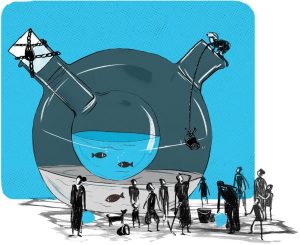
Photo Courtesy : istock
Elsewhere, demand is the issue. In theory, India receives enough rain every year to meet the needs of over a billion people. According to the country’s Central Water Commission, it requires at most 3,000 billion cubic metres of water annually and receives 4,000 billion cubic metres of rain.
Inefficiency and misuse
But too much water is wasted thanks to inefficiency and misuse. The situation is particularly dire in India’s northwest, irrigated by the great rivers that rise in the Himalayas. Indians are taught to revere the “green revolution” of the 1970s, when the northwest became India’s granary thanks to canals and tube wells that pumped out groundwater. That revolution, however, has turned out to be unsustainable. In 2011, 245 billion cubic metres of water was withdrawn for irrigation — a quarter of the total groundwater depletion globally that year.
Northwestern states should be growing less water-intensive crops; areas in the east of the country that receive much more plentiful rainfall should take their place as the bread baskets of India. But shifting cultivation patterns around is politically problematic. Farmers in the northwest don’t just expect to continue to grow water-intensive crops, they also want free or subsidised power with which to run the tube wells that pump out their rapidly depleting groundwater.
limate change activists have long argued that water will be the political flashpoint of the 21st century. Water-stressed India will likely be one of the first places to test that theory. The state of Tamil Nadu complains that it doesn’t receive its fair share of the waters of the Cauvery River; recently, the authority that nominally manages the river accused the government of neighbouring Karnataka of holding onto water that it should have allowed to flow down to the Cauvery delta.
Things might get even testier up north, where more than a billion people depend upon rivers that rise in the Himalayas. Bangladesh and Pakistan feel that India is being stingy with river water. Indian strategists constantly worry that China will divert water from the Himalayan rivers that rise in Tibet to feed the thirst cities in its own north.
The floods in Chennai are a warning. As the world warms, the rains on which India depends have become erratic: They frequently fail to arrive on time, and they fall in a more disparate and unpredictable pattern. The country can no longer afford to waste its dwindling resources.
A rapidly urbanising and developing India needs to drought-proof its cities and rationalise its farming. Water-harvesting must be a priority, alongside mechanisms for groundwater replenishment. As it is, every summer is hotter and less bearable. If Indians run short of water as well, one of the world’s most populous nations could well become unlivable.
NeeRain is proud to republish this blog to spread awareness about the situation of water, for our stakeholders. Credit whatsoever goes to the Author.
This blog is published by:
Bloomberg
We would like to spread this for the benefit of fellow Indians.
Author : Mihir Sharma
Published On : 19 June, 2019

 Photo Courtesy : Deccan Chronicle
Photo Courtesy : Deccan Chronicle

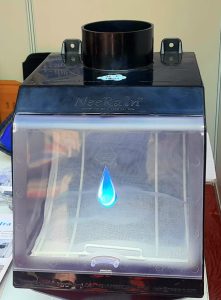

 NeeRain devices collect rainwater from rooftops and it is used to recharge borewells.
NeeRain devices collect rainwater from rooftops and it is used to recharge borewells.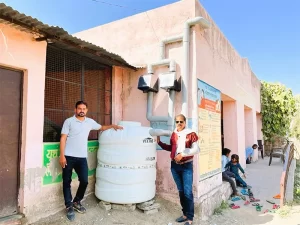 NeeRain can also be used to collect rainwater in drums or other storage structures.
NeeRain can also be used to collect rainwater in drums or other storage structures.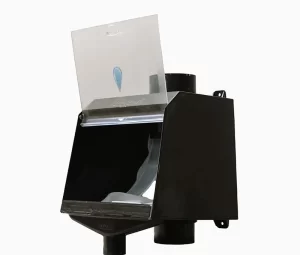 A non-electric device with an ABS filter, NeeRain, can last up to 25 years.
A non-electric device with an ABS filter, NeeRain, can last up to 25 years. NeeRain devices installed at a commercial establishment.
NeeRain devices installed at a commercial establishment.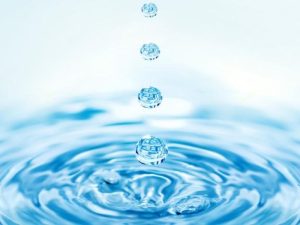 Photo courtesy: Getty Images
Photo courtesy: Getty Images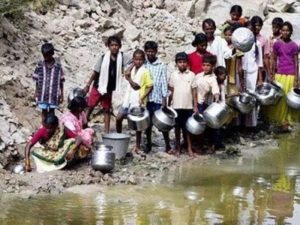
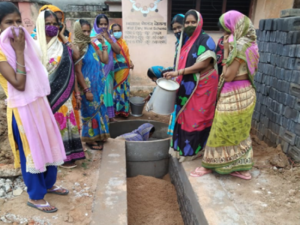 Photo courtesy: Down to earth
Photo courtesy: Down to earth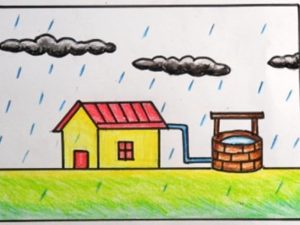 Photo courtesy: Anand Rko
Photo courtesy: Anand Rko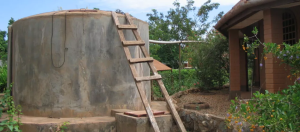 Photo courtesy: Muench/Sustainable Sanitation Alliance (SuSanA) Secretariat
Photo courtesy: Muench/Sustainable Sanitation Alliance (SuSanA) Secretariat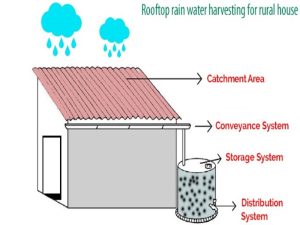 Photo courtesy:Akruti Enviro Solutions Pvt.Ltd.
Photo courtesy:Akruti Enviro Solutions Pvt.Ltd.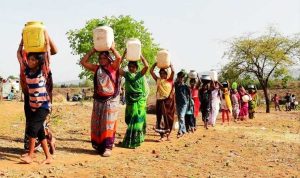

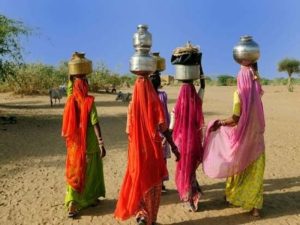 Photo courtesy: RCH/Fotolia
Photo courtesy: RCH/Fotolia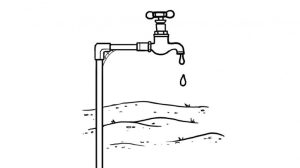 Photo courtesy:
Photo courtesy: 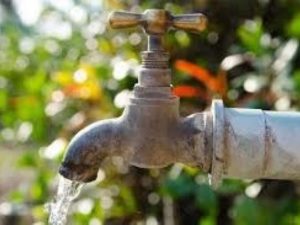 Photo courtesy: Adobe stock
Photo courtesy: Adobe stock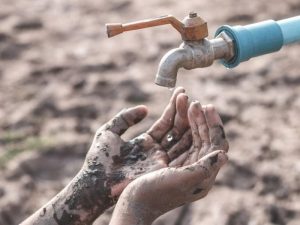 Photo courtesy: Shutterstock
Photo courtesy: Shutterstock